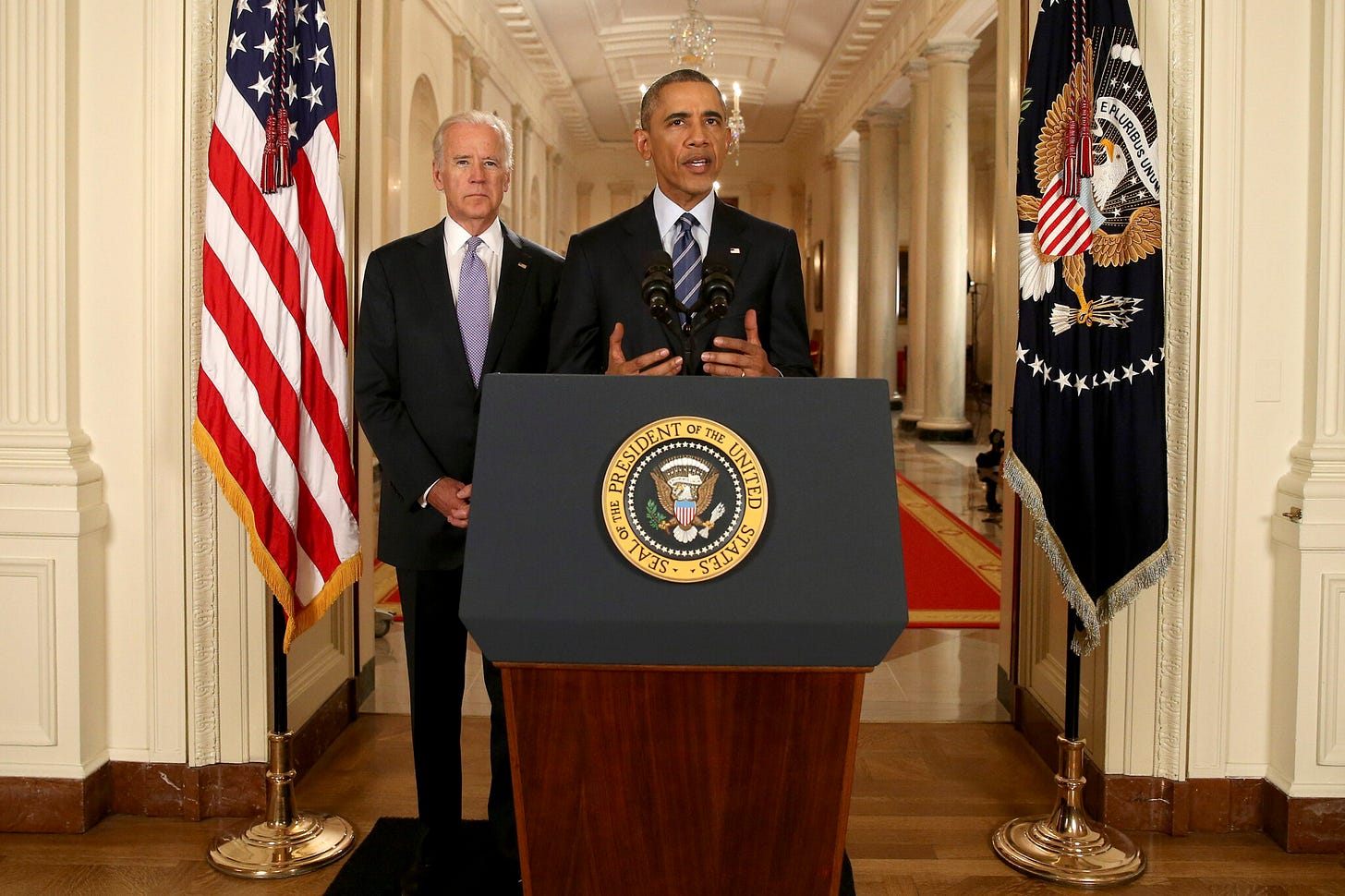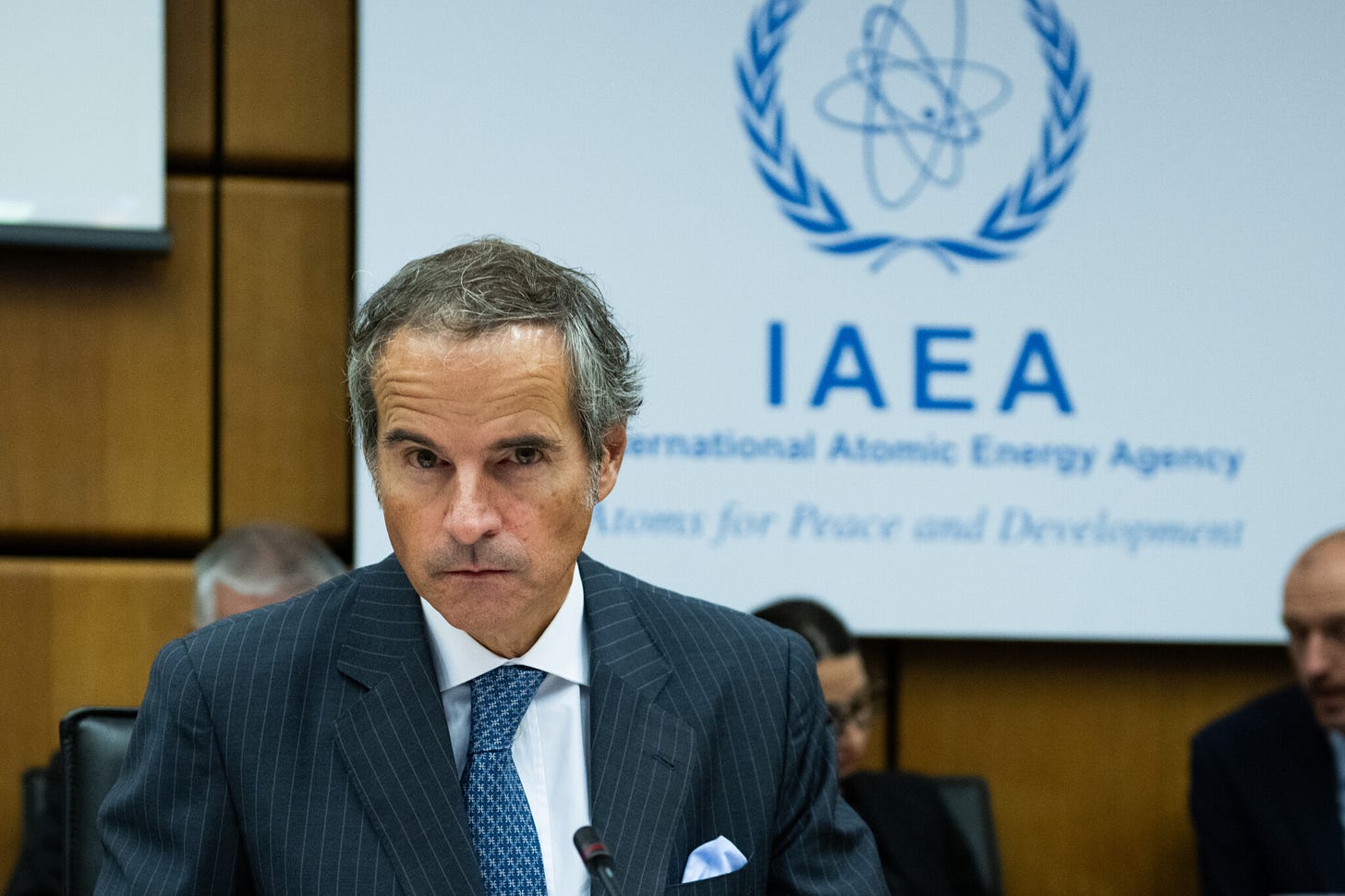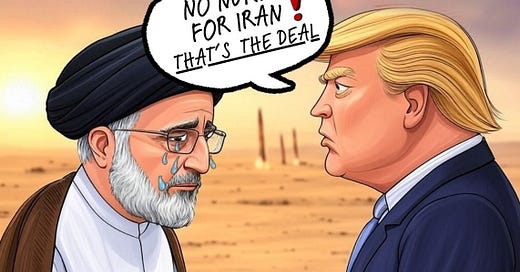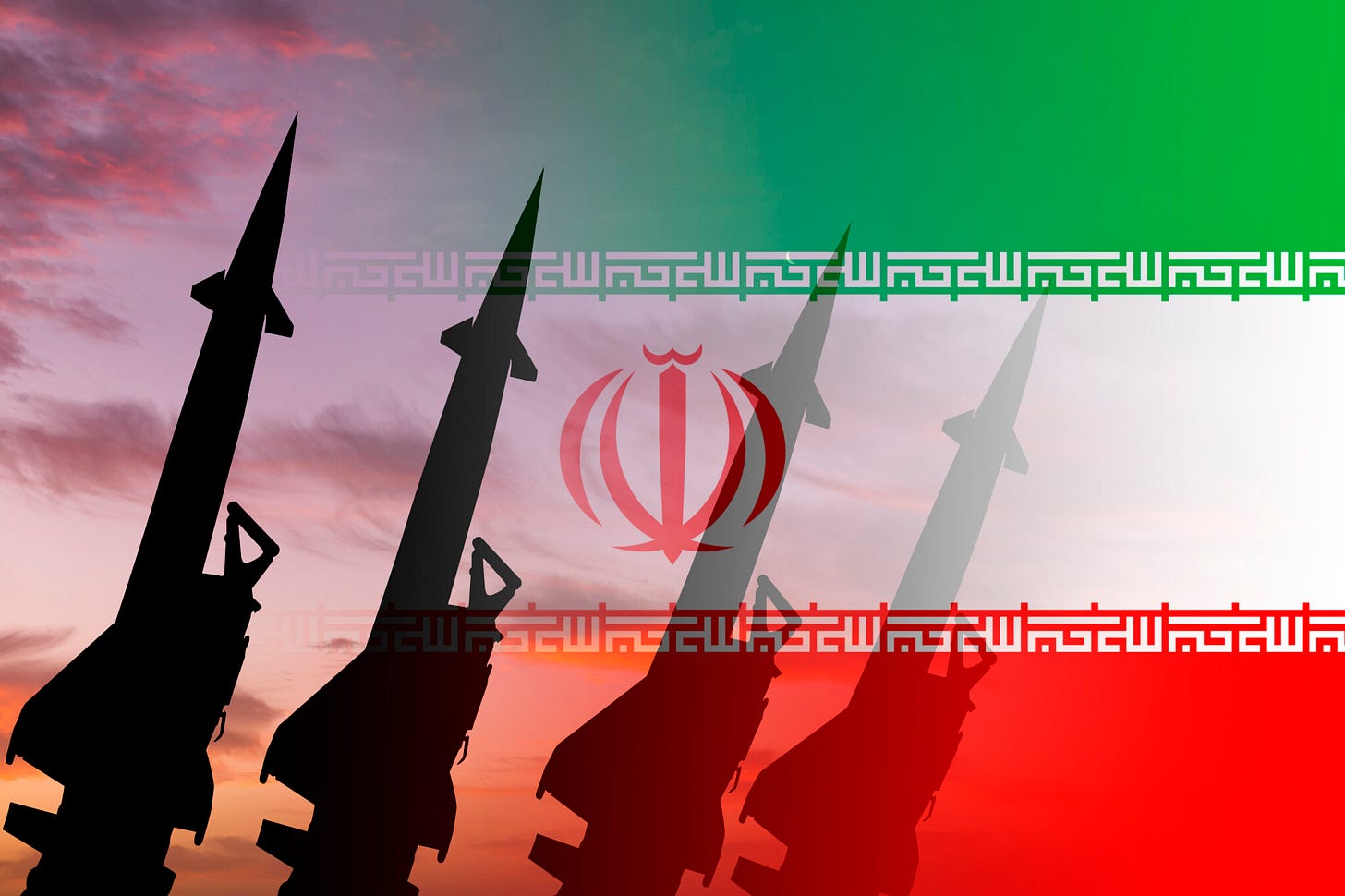Iran’s Nuclear Threat: A Critical Turning Point for U.S. and Allied Security
"Iran’s Nuclear Disarmament: The Only Deal That Protects U.S. and Allied Security." an FDD report
The Foundation for Defense of Democracies (FDD) has released a critical report, "Iran’s Nuclear Disarmament: The Only Deal That Protects U.S. and Allied Security," outlining an urgent strategy to strip Iran of its nuclear capabilities for good. Written by experts Orde Kittrie, Andrea Stricker, and Behnam Ben Taleblu, this report makes one thing clear: Iran must be permanently disarmed — and time is running out.
The Failures of Past Agreements
The 2015 Joint Comprehensive Plan of Action (JCPOA) allowed Iran to retain critical nuclear infrastructure, keeping it mere months away from nuclear breakout. This short-sighted deal didn’t address Iran’s uranium enrichment, plutonium production, or missile programs.

Here are some key points about the flaws of the JCPOA:
Legitimization of Iran’s Nuclear Program: The deal allowed Iran to retain key nuclear infrastructure, making it a nuclear threshold state.
Temporary Restrictions: Restrictions on Iran’s nuclear activities were temporary, eventually allowing Tehran to enrich uranium without limits by 2031.
Ongoing Enrichment & Advanced Centrifuges: Iran kept enrichment facilities, including advanced centrifuges, enabling rapid nuclear development after the U.S. withdrawal in 2018.
Weak Verification: The deal lacked robust mechanisms to verify Iran’s compliance, especially regarding military nuclear activities.
Missile Program Ignored: The JCPOA did not address Iran’s ballistic missile program, including missile production or testing restrictions.
Sanctions Relief: The deal provided immediate sanctions relief, enabling Iran to use up to $150 billion to fund terrorism and proxy groups like Hamas and Hezbollah.
Ballistic Missile Embargo Lifting: The JCPOA led to the lifting of UN restrictions on missile production and trade, strengthening Iran's missile capabilities.
Failure to Address Past Nuclear Activities: The deal did not require Iran to account for its past nuclear weapons work, and the IAEA faced significant barriers to inspections.
These flaws have been critical in allowing Iran to advance its nuclear and military capabilities despite international agreements. The report demands that any future agreement go far beyond arms control, ensuring the complete, irreversible dismantling of Iran's nuclear capabilities.
Iran's Nuclear Advancements: A Growing Threat

Iran’s nuclear program is advancing rapidly. By March 2025, reports show Iran could produce enough weapons-grade uranium for a bomb in less than a week and 10 bombs within a month. At the same time, Iran's missile arsenal — the largest in the Middle East — is becoming increasingly capable of delivering nuclear payloads over vast distances. These advancements significantly increase the risk of a nuclear-armed Iran.
Ballistic Missiles: A New Danger
Iran’s missile capabilities have reached alarming levels. U.S. intelligence warns that these missiles, constantly improving in range and precision, are capable of delivering nuclear weapons. Tehran is closer than ever to having the ability to launch nuclear warheads beyond its borders.
A Comprehensive Strategy: A Four Point Approach
FDD outlines a four-faceted approach:
Full, Permanent Disarmament: Iran’s nuclear program must be completely dismantled — no temporary freezes or concessions.
Precondition for Talks: The U.S. should only negotiate if Tehran commits to nuclear disarmament upfront.
Economic and Military Pressure: The U.S. must ramp up economic sanctions, targeting Iran’s oil and petrochemical exports, and maintain a credible military threat.
Fundamental Change in Iran: If necessary, support efforts to replace Iran's theocratic regime, ensuring long-term stability and security in the region.
The Window is Closing
The threat of a nuclear-armed Iran is no longer hypothetical; it is imminent. As Iran accelerates its nuclear and missile programs, the time to act is now. The report stresses that Iran will only back down when it perceives strength — and that strength must come from the U.S. and its allies.
Mark Dubowitz, CEO of FDD, emphasizes the urgency: "The opportunity to stop Iran's nuclear ambitions may never be more ripe." The U.S. must use all its leverage to force Iran into dismantling its nuclear program permanently. If diplomacy fails, military action must remain on the table.
The threat is clear, and the time for action is now. A comprehensive, verifiable dismantlement of Iran’s nuclear infrastructure — backed by economic, diplomatic, and military pressure — is the only way to ensure that one of the world’s most dangerous regimes does not acquire the world’s most dangerous weapon.
Iran and Qatar: The Two-Headed Snake of Global Jihad
The global jihad and state-sponsored terrorism are being shaped by two nations—Iran and Qatar—that exert deep influence over terror networks, threatening global stability. These two countries form a toxic alliance, supporting extremist movements like Hamas, the Taliban, Al-Qaeda and the Islamic Revolutionary Guard Corps (IRGC), while quietly infiltratin…








Destroy their income & ability to project power.